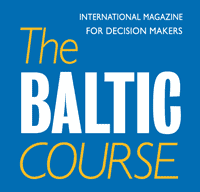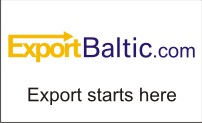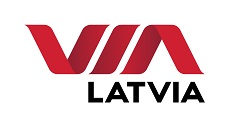Editor's note
International Internet Magazine. Baltic States news & analytics
Wednesday, 07.01.2026, 09:08
Modern solutions to the Baltics’ banking sector
 Print version
Print version |
|---|
Our magazine has written extensively about problems in the Baltic States’
financial sector. Although warning signals have already started deep analysis
of the sector in the Baltic States (both within and outside the region), the
sector’s problems are more than just that of the banking “structures”; it is,
in fact the issue of national development priorities.
More on the issue in our publications the following BC’s web-links:
http://www.baltic-course.com/eng/editors_note/?doc=19138&ins_print;
http://www.baltic-course.com/eng/analytics/?doc=141880&ins_print.
“Help”
from outside
Nordic financial dominance is really huge in the Baltics; it is almost
the dominant force: e.g. in Estonia “local banks” comprise only about 13% of
the total banking assets. The rest is all Nordic: mostly Swedish, Danish and
Norwegian…
Reference to: https://www.export.gov/article?id=Estonia-Banking-Systems.
One might be curious: why the Baltic banking sector is so interesting for
Nordic neighbors? The answer is clear, because it is still a profitable niche;
besides, local political/economic elites have had constantly their own share of
the banking sector’s profit (this is what the Latvia’s Central Bank Governor’s
detention early this year has witnessed).
Most of the banking transactions in the Baltics are those of non-residents: that means, generally, transactions are covering some dubious activities. In Latvia, financial market controlling authorities wanted to reduce the share to a minimum 5-10%, which is highly possible. Then the banks would not be profitable at all and must be closed…
Digitalisation
in banking
However, the days of illicit transactions are really numbered. Even if no
radical steps would follow! New industrial revolution with its digitalisation
perspectives, such as blockchain (as a technological basis for bitcoins) and
other crypto-currencies will an end to all “covered” financial activities.
A blockchain is a digitized, decentralized, public ledger of all
crypto-currency transactions. Constantly growing as a “completed” structure of most
transactions, they would be recorded and allowing financial market participants
to keep track of digital currency transactions without even central authorities’
involvement. Because each transaction, through computer’s connection in the
network, would get a copy of the blockchain, which is downloaded automatically.
Source: https://www.investopedia.com/terms/b/blockchain.asp
Then, bitcoin would offer lower transaction fees than traditional online payment mechanisms without being “operated” by a centralized authority and even outside the traditional government-issued currencies.
However, it is still important to look at the EU legal financial framework and existing loopholes, and see the possibilities to adapt this framework to the EU states' digital economy and national banking systems. The latter are in fact an important part of the growing Baltic States’ economies!











